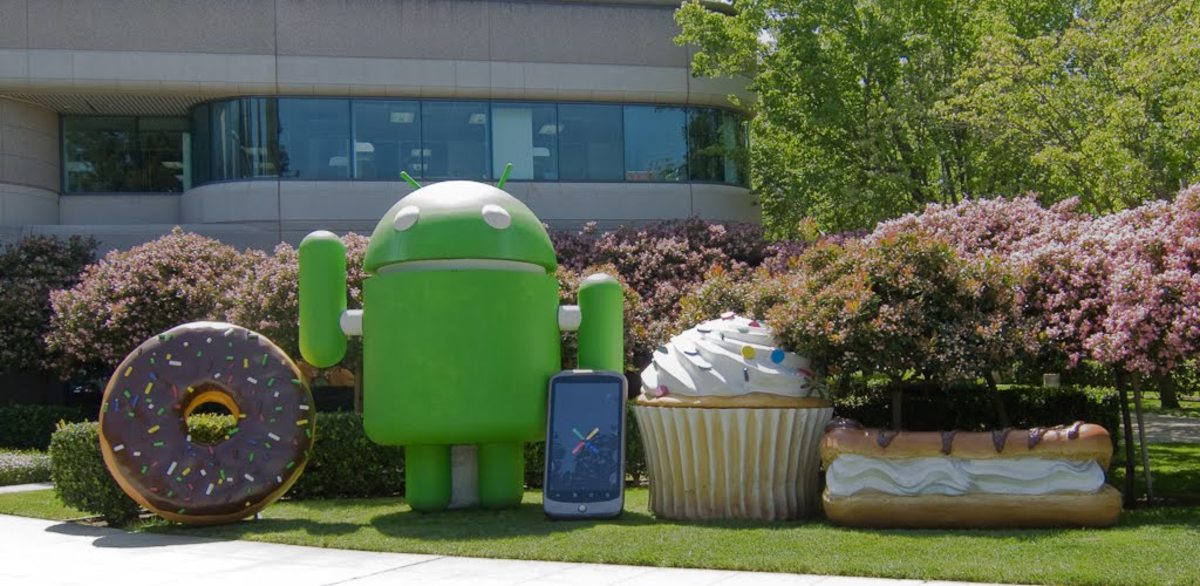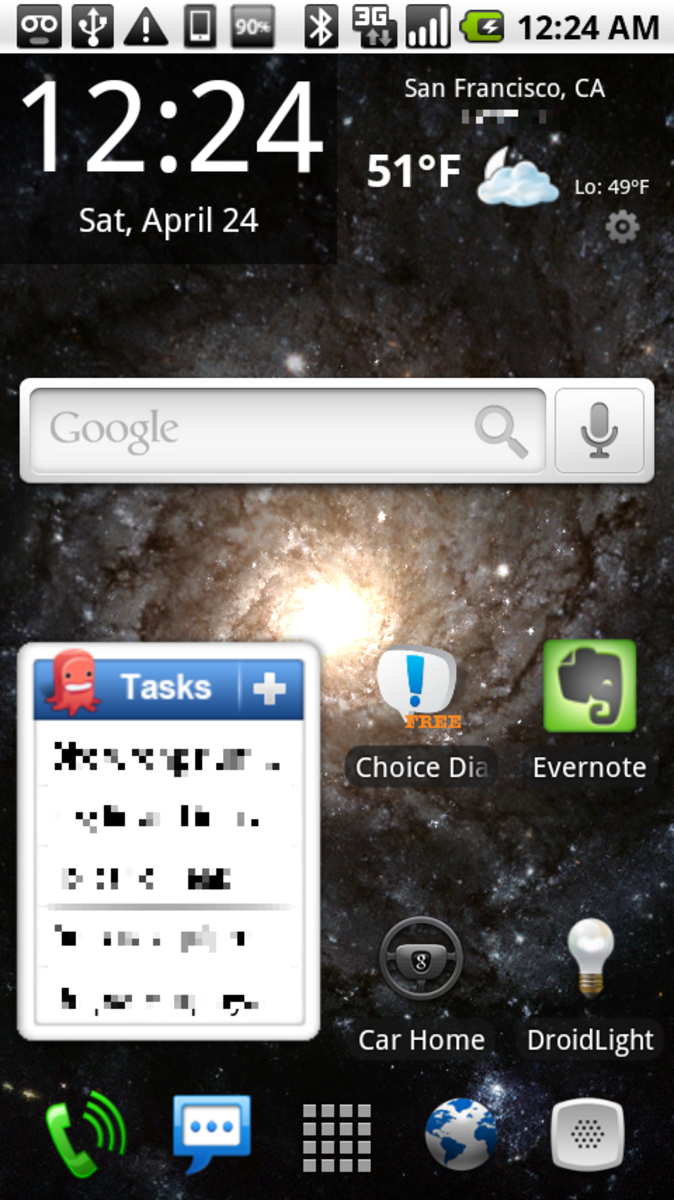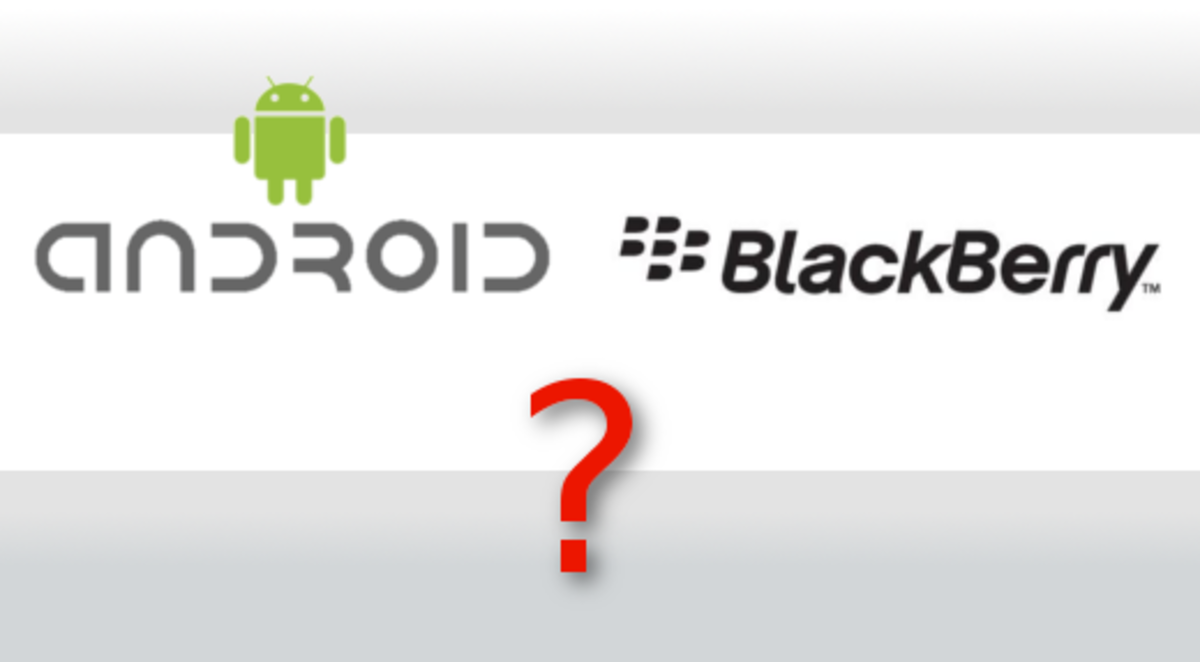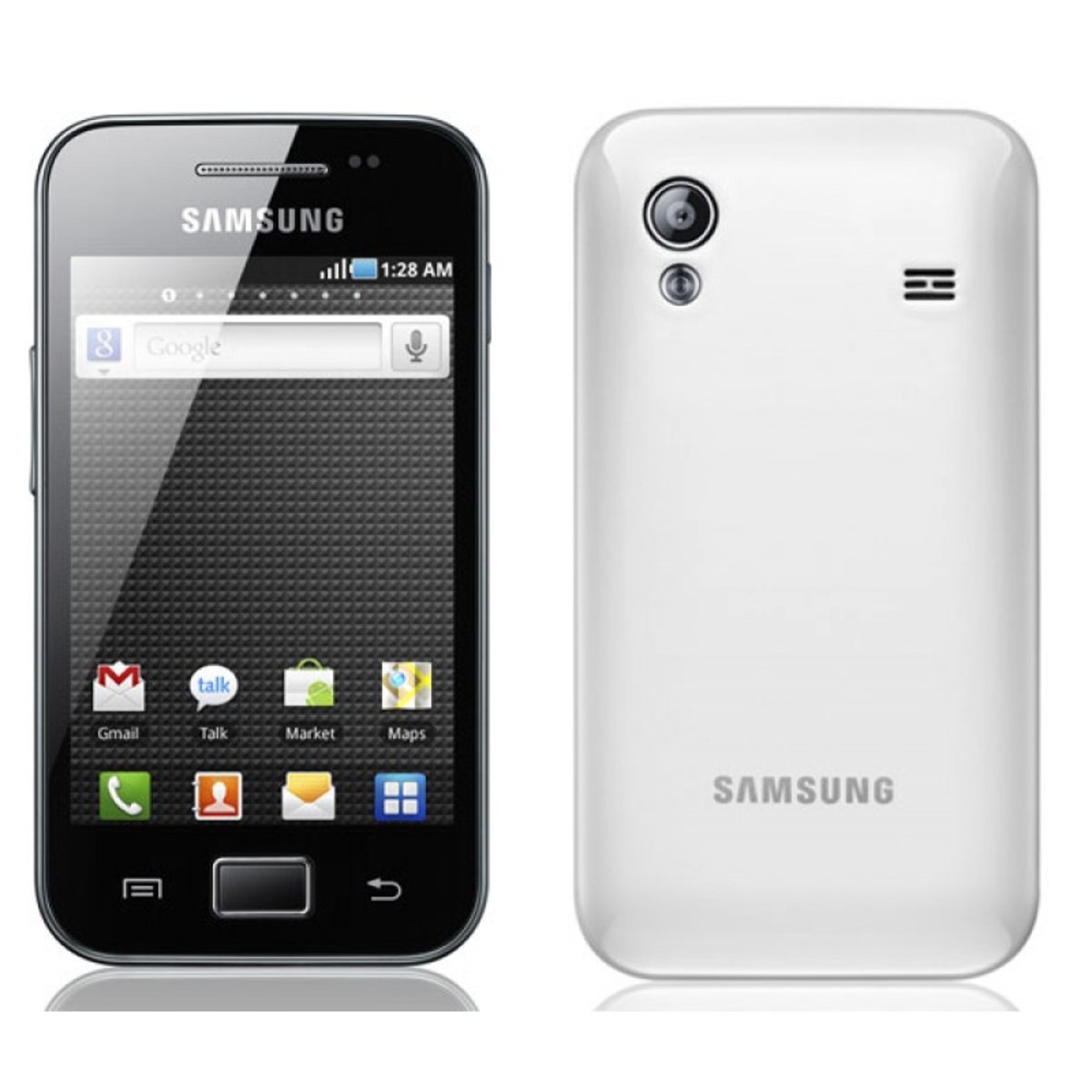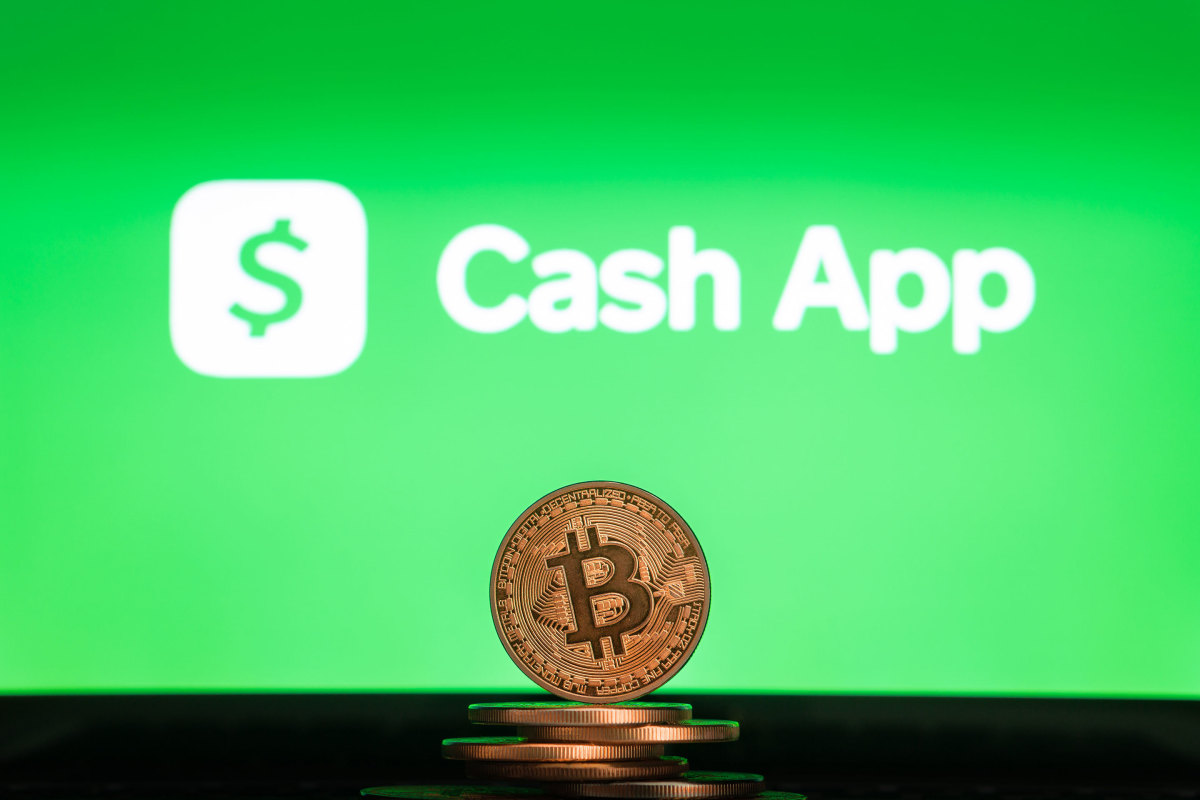- HubPages»
- Technology»
- Communications»
- Smartphones
Android Jelly Bean Will Soon Power the Majority of Android Devices
According to the recent data shared by Google on the distribution share of the different versions of the Android operating system, android versions 4.1.x and 4.2.x aptly named Jelly Bean now power 33% of Android devices. The data has in the past couple of months been collected from the Android devices accessing the Google Play store. This data is more accurate and presents real figures of Android users who are active on the android platform and on the Google Play store. This latest releases of the Android OS are slowly inching towards the top spot dominated by the Gingerbread version.
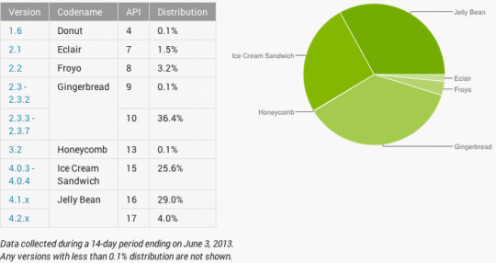
Pundits and the technology industry experts are projecting that Android Jelly Bean in the next couple of months will already have assumed the commanding distribution share of Android OS on all Android devices. Other the past month, Android Jelly Bean usage has seen an increase of 4.6% when compared to the previous month. The gains have been made on the backdrop in usage share of other Android versions particularly Ice Cream Sandwich and Gingerbread. Ice Cream Sandwich has seen its distribution fall by 1.8% while Gingerbread distribution share has fallen by a much bigger percentage at 2.1%.
Version
| Codename
| Distribution (%)
|
|---|---|---|
1.6
| Donot
| 0.1
|
2.1
| Eclair
| 1.5
|
2.2
| Froyo
| 3.2
|
2.3-2.3.2
| Gingerbread
| 0.1
|
2.3.3 - 2.3.7
| Gingerbread
| 36.4
|
3.2
| Honeycomb
| 0.1
|
4.0.3 - 4.0.4
| Ice Cream Sandwich
| 25.6
|
4.1.x
| Jelly Bean
| 29.0
|
4.2.x
| Jelly Bean
| 4.0
|
Data showing Usage Distribution Share of Android OS version as collected by Google.
Show Android Jelly Bean increasing usage share on android devices
The android Jelly Bean is just a few percentage points from displacing Gingerbread from the top of the usage share chart. Gingerbread has for a longtime been the most popular version of the Android operating system. Part of the reasons behind the popularity of old Gingerbread versions is that it was a solid platform which has not undergone repeated fragmentation. Gingerbread is the equivalent of Windows XP which has withstood the test of time. It is also true that not many people have been keen to own the new generation and high end smartphones which carry Jelly Bean; the latest release of Android. Devices running on Gingerbread are still functioning well and they are cheaper for the lower market end.
- How to Recover WiFi Password on Android without Root
Learn how to recover WiFi password on android without root. This feature on android devices allow for browsing and downloads which would otherwise be very costly to be run on your the data plan. - How To Update An Android OS On Android Phones
Updates to the android OS constantly get released. With the knowledge of how to update android OS on android phones, an individual can take advantage of the new releases from android for their OS.
Jelly Bean continues to mount a strong march towards the top which is truly a good indication for developers. It is in fact the only Android version that is experiencing growth. This means that the current ecosystem is not getting fragmented and is all the more good news for developers.
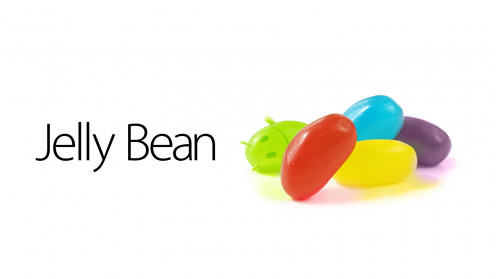
Android Jelly Bean
Jelly bean has been a revelation and quite a big improvement. It brought Project Butter, a major improvement in performance and user experience when compared to the predecessor, Ice Cream Sandwich. Ice Cream Sandwich with a usage share of 25.6% has been edged owing to OS updates provided by manufacturers and the fact that manufacturers are shipping devices with Android Jelly Bean.
Do you think Jelly Bean will dominate usage distribution on Android devices?
Basically, from the figures obtained from the data, it is good to see more android users on Android 4.0 and latter versions than there are on Android 2.x versions. All that is need is manufacturers and carriers as well providing OS updates to android users on the older versions. It is in this way that Jelly bean will accelerate and surpass Gingerbread at the top of the usage share charts.

